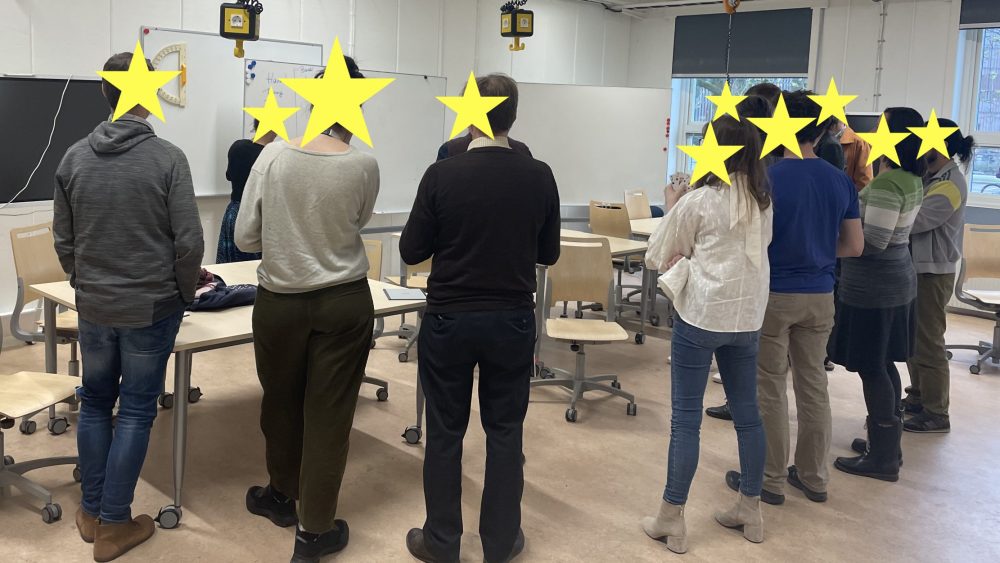The vast majority of us relates to money as a thing that we either have or we don’t have and that, regardless of our economising efforts, few seem to have enough of. We see money as neutral, the instrument we use to buy and sell, borrow and pay-back, save and spend. Having black-boxed money, we are unable to see that its internal design, the rules that determine how it is created, what for and by whom, how it is introduced into the economy and how it is withdrawn shape individual behaviour and social dynamics. Indeed, the internal design of today’s conventional money is at the root of many of our sustainability challenges, from growing socio-economic inequality, to recurring economic booms and busts, and climate change. But if money is designed, it can be redesigned so as to project us into a more sustainable future.
This is at the core of the course “Re-imagining money for a sustainable future” that I teach at LUSEM. When that lesson is taught with reference to the macro-scale, it often feels too abstract for students to fully comprehend. So, in an effort to help students feel and see the extent to which money’s design shapes society, I had been for a while considering introducing into the course a Money Game developed by monetary activist Matthew Slater (see here). I had however never seen the game being played, and so I felt unsure of how it worked, what sort of discussions it would lead to or how better to play it within the context of a classroom. Fortunately for me, the energetic, curious and playful group “Serious Gaming” within the inter-faculty initiative “Teaching for Sustainability” at Lund University were willing to be guinea-pigs.
For two hours, 14 colleagues from around campus enthusiastically took their roles in economies using variously designed monies. With simple means (two decks of cards, a bag of hazelnuts and a few square orange pieces of papers), we simulated four different economies: one organised through barter; a second organised through Chartalist money issued by the king and injected into the economy selectively through a minority of people; money issued through loans to whoever was willing to pay those loans back with an interest (similar to today’s conventional money); and a fourth economy where money was introduced by a central authority through payment of Universal Basic Income.
It turned out my new-found colleagues across campus were not only very lively players, they were also sharply reflective of money. They observed with keen detail how the various money game rules had led them to different trading strategies; they described the feelings of anxiety of not being able to “make it” in one scenario vs the feeling of tranquility developed as they played in another scenario; depending on the scenario played, they showed competitive vs caring behaviours. Through playing, I understood what sorts of discussions the game arises and I could expect in the classroom as well as the panoply of feelings it would awake in students. And much more. Beyond the topic lessons learnt through the game, they gave me excellent feed-back on how to improve the logistics (for instance annotate not only the inequality effects of the various monetary designs but also the amount of debt each had ended up with – after repayment – as well as how much each had managed to produce – in the form of families of four equal cards).
All in all – a seriously fun evening, and an inspiring crowd I hope to continue playing with.
Are you interested in joining similar events? Then make sure to join our Teams team so you don’t miss any future events!

